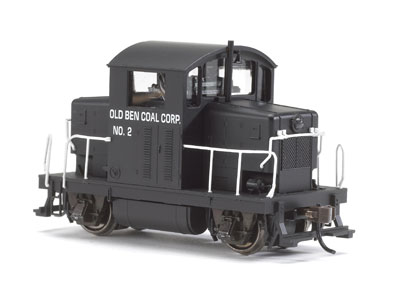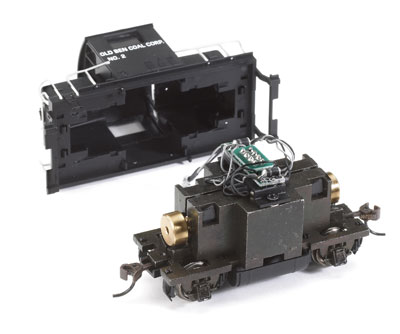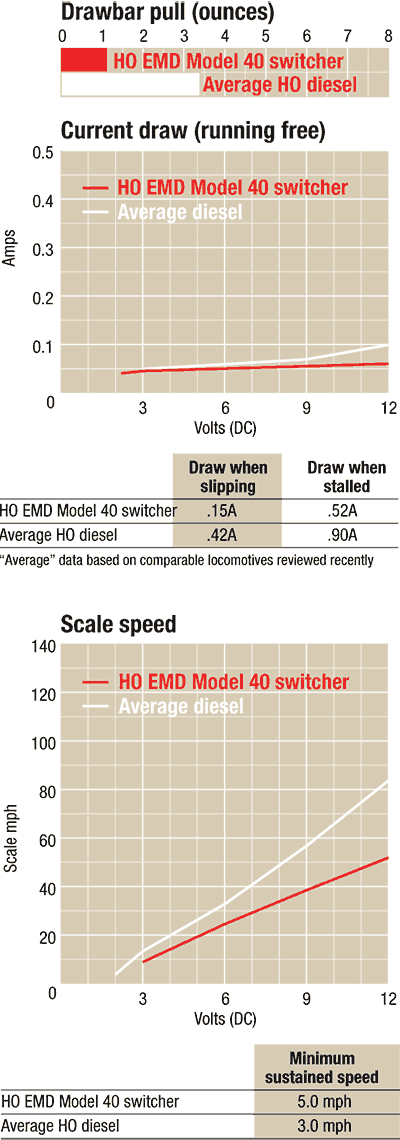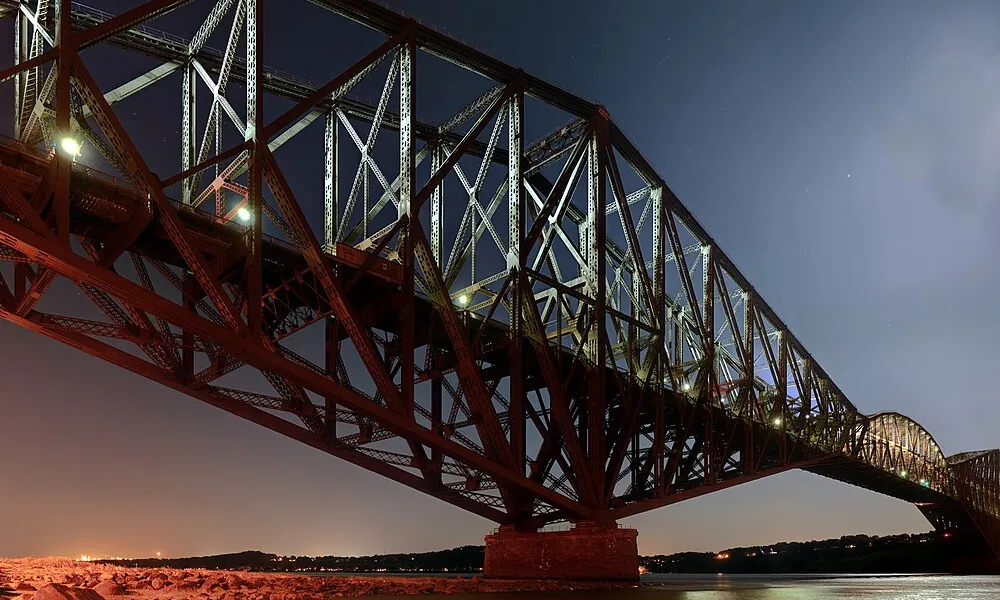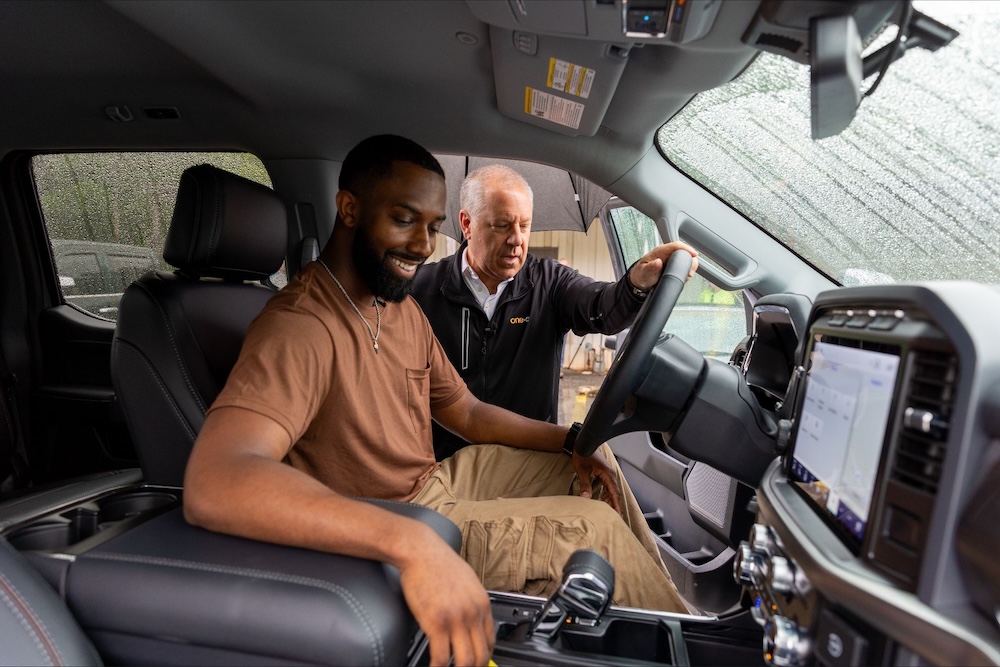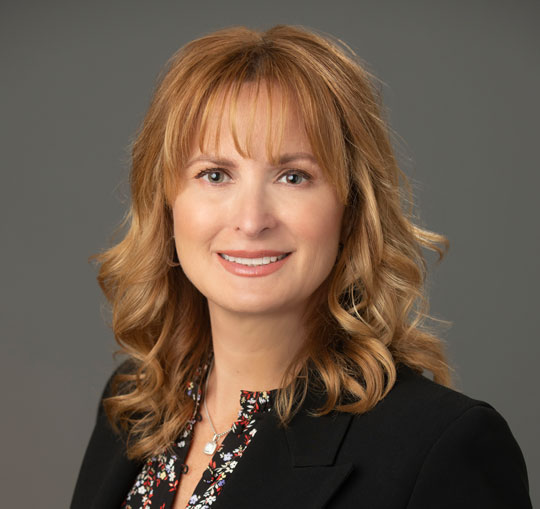On first glance you wouldn’t think Electro-Motive Division, a company known for its mainline locomotives, would have built an unusual locomotive like the Model 40, but it did. The prototype engine was essentially a standard-size EMD switcher cab and two short hoods on four wheels. The Model 40 was produced from August 1940 through April 1943. Only 11 units were built.
The Model 40 switchers had a rigid, non-equalized frame that restricted them to low-speed operation. All of the locomotives had two 150 hp model 6-71 diesel engines (one under each hood) and a traction motor on each axle. The maximum permissible speed for the Model 40 was 45 mph.
Our sample ran smoothly at slow speeds and achieved a top speed of 51.9 mph at 12 volts, slightly higher than the top speed of the prototype. The model’s drawbar pull was 1.12 ounces, equivalent to 15 free-rolling cars on straight and level track.
The HO Model 40 has a sharply detailed plastic body with smooth paint and crisp lettering. Much of the model’s 5-ounce weight comes from its split, die-cast metal chassis.
To reach the eight-pin Digital Command Control (DCC) decoder socket, the plastic underframe cover and fuel tank assembly, as well as the coupler pockets, have to be unscrewed and removed. Four snap-fit tabs need to be loosened to separate the shell from the chassis. (Note: Use caution when removing the shell; it’s tethered to the chassis by the headlight wires). An exploded-view drawing with the model illustrates this process.
While this is a model of an unusual prototype, the HO Model 40 captures the look of the real thing. The diminutive switcher would look at home next to a grain elevator, cement factory, or any industry where short cuts of cars need to be moved.
Price: &69.98 each; D&RGW, SP, and John Deere units are $74.98 each
Manufacturer
Roundhouse Trains
1550 Glenn Curtiss St.
Carson, CA 90746
www.roundhousetrains.com
Description
Plastic and metal ready-to-run diesel locomotive
Road names
Old Ben Coal Corp.*, Atchison, Topeka & Santa Fe, Baltimore & Ohio, Buffalo Slag, Cushing Stone, Denver & Rio Grande Western, Electro-Motive Division*, Farmer’s Union Co-op*, John Deere (Harvester and Waterloo Works), New York Central, Pennsylvania, Southern Pacific, United States Army*, U.S. Navy, painted but unlettered (black body with white stripes or orange body with black stripes)*
*Indicates first-run road names





